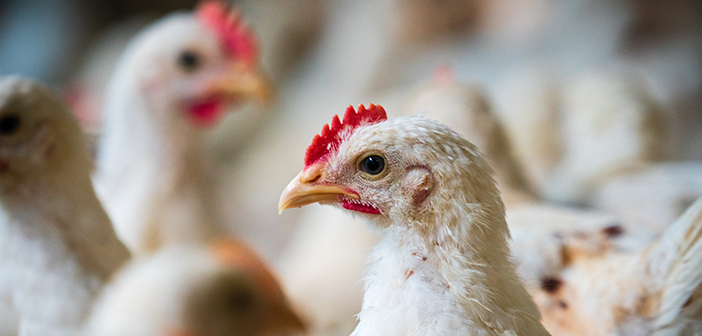By Edward Calcott, farm business consultant at The Andersons Centre
Since the turn of the year UK ‘agflation’ has been soaring, driven primarily by the Russia-Ukraine conflict. The latest estimates for April shows that it now stands at 30.6% – levels not seen in decades.
General inflation, as measured by the consumer prices index (CPI) and food prices (CPI Food) have been rising at a much slower rate (around 6%). This means that many farm businesses are feeling a severe squeeze on margins, and this is set to continue for the foreseeable future.
The Russia-Ukraine conflict has had most effect on feed, fuel and fertiliser prices. However, as these underpin most agricultural inputs in some form, cost increases are also showing elsewhere, such as contracting costs, crop protection products and building materials. The pressure is most pronounced in the pig and poultry sectors where feed accounts for 65-80% of production cost.
Dairying and grazing livestock are also feeling the strain, particularly for those farms that have not bought forward their fertiliser. These severe inflationary pressures are happening at a time when all farms in England will be facing cuts in BPS payments, to reach 35% during 2023, although for most specialised poultry businesses direct subsidy support does not contribute a significant amount towards income.
Thirty years ago a 1.5-2kg ‘oven-ready’ chicken from your local supermarket cost £2.95; now you can buy it for £3.75. It would have been worth double that if it had risen in line with general inflation as indicated by the retail prices index (RPI). Ongoing improvements within production such as genetic development through short breeding cycles, advancement in growing and management technology, and good stockmanship have kept the production of chicken as efficient as it can possibly be.
All of these things are now being squeezed more than ever through inflation. Feed makes up approximately 60-70% of the growing costs of a typical broiler chicken. Add in the other farming costs of chick purchases, energy, labour and consumables then the retained profit percentage decreases further unless the price of chicken tracks these other cost changes. Further down the supply chain, there are similar inflationary pressures – fuel, labour, gas, energy, packaging and waste disposal to name a few.
The high input/ output nature of chicken farming means that it is heavily exposed to the inflationary volatility. This exposure needs to be shared along the supply chain to ensure all links remain strong. A lack of profit will reduce the incentive to grow chicken and reduce reinvestment to an extent.
For a method of farming that is as lean and efficient as it can be, it is difficult to reinvest to improve efficiency – there must be a limit. Chicken is often seen as a basic household staple – affordable, healthy and versatile. The average person in the UK consumes roughly 30-33kg of chicken per year. This popularity means retailers could be hesitant to rapidly pass on the price increases to consumers with the interest in keeping the population fed.
But at what price? We are in a cost-of-living crisis so consumers are closely watching their spending. There is a balancing act to be maintained between feeding the population and ensuring that all parties in the supply chain receive a fair return for their work, investment, and achievements. If they are squeezed too hard, then the supply chain could reach a breaking point. The industry has worked very hard in recent decades to lift the reputation of British poultry.
No parties wish to cut corners and undermine this effort, nor see supply chains reach breaking point. That is why it is crucial to ensure fair returns are made to all.


